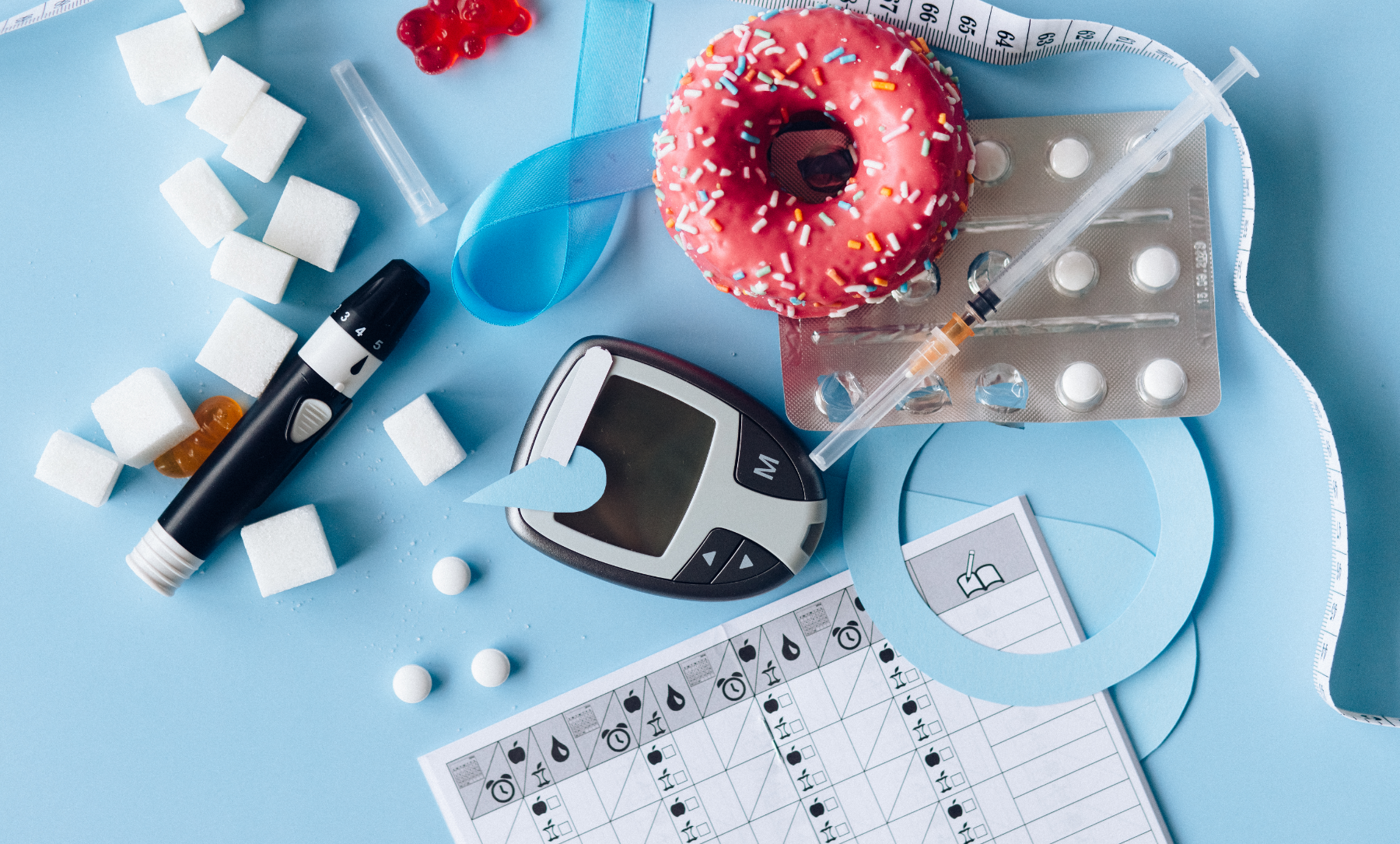Understanding the Menstrual Cycle: A Comprehensive Guide

The menstrual cycle is a natural and vital process that occurs in the female reproductive system, typically beginning during puberty and continuing until menopause. This cycle prepares the body for potential pregnancy each cycle and involves several stages, regulated by a complex interplay of hormones. Here, we break down the menstrual cycle into its key phases, explain the hormonal mechanisms involved, and discuss common variations and symptoms.
Phases of the Menstrual Cycle
The menstrual cycle is typically divided into four main phases: menstrual, follicular, ovulation, and luteal. The average cycle lasts about 28 days, though it can range from 21 to 35 days.
1. Menstrual Phase (Days 1-5):
2. Follicular Phase (Days 1-13):
Starting concurrently with the menstrual phase, the follicular phase continues until ovulation. The pituitary gland secretes Follicle Stimulating Hormone (FSH), which stimulates the growth of ovarian follicles. Each follicle contains an egg. One follicle becomes dominant and continues to mature, while the others disintegrate. Oestrogen levels rise, leading to the thickening of the uterine lining.
3. Ovulation (Day 14):
4. Luteal Phase (Days 15-28):
Hormonal Regulation
The menstrual cycle is regulated by a finely tuned hormonal orchestra involving:
- Gonadotropin-Releasing Hormone (GnRH): Produced in the hypothalamus, GnRH stimulates the pituitary gland to release FSH and LH.
- Follicle Stimulating Hormone (FSH): Promotes the growth of ovarian follicles.
- Luteinising Hormone (LH): Triggers ovulation and the formation of the corpus luteum.
- Oestrogen: Produced by the growing follicles, it helps rebuild the uterine lining and regulates FSH and LH production.
- Progesterone: Secreted by the corpus luteum, it stabilises the uterine lining and supports early pregnancy if fertilisation occurs.
Common Variations and Symptoms
While the textbook cycle lasts 28 days, variations are common and can be influenced by factors such as age, stress, lifestyle, nutritional status and health conditions. Some common menstrual cycle issues include:
- Amenorrhea: Absence of menstruation, which can be primary (if menstruation hasn’t started by age 16) or secondary (if it stops for three months or more).
- Dysmenorrhea: Painful menstruation, often involving cramps.
- Menorrhagia: Heavy menstrual bleeding.
- PMS (Premenstrual Syndrome): A collection of emotional and physical symptoms occurring in the luteal phase, such as mood swings, bloating, and breast tenderness.
- PMDD (Premenstrual Dysphoric Disorder): A severe form of PMS with debilitating symptoms.
Managing Menstrual Health
Maintaining a healthy lifestyle can help manage menstrual health. This includes regular exercise, a balanced diet, adequate sleep, and stress management. Medical treatments are available for those with significant menstrual discomfort or irregularities, ranging from hormonal therapies to pain relief medications.
Conclusion
Understanding the menstrual cycle is crucial for reproductive health. It not only helps in recognising normal and abnormal patterns but also empowers individuals to make informed decisions about their health. Regular monitoring and consultation with healthcare providers can ensure any issues are addressed promptly, promoting overall well-being.




Comments